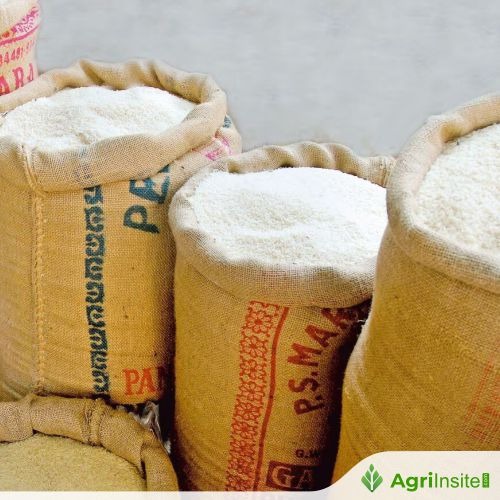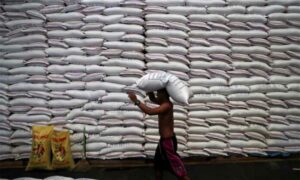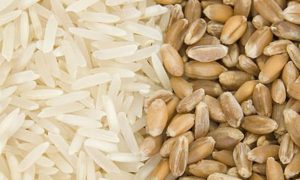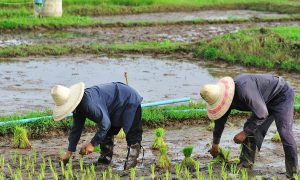Bangladesh : Rice prices continue to rise despite record harvest, ample reserves

Rice prices in Bangladesh are rising sharply, affecting coarse, medium, and fine grains despite record production and strong government stockpiles. Coarse rice now costs Tk60–62 per kg, Miniket Tk78–80, and Nazirshail Tk83–85. Analysts blame hoarding, weak market oversight, and corporate manipulation, while authorities promise stabilization through expanded food security programs.
Rice prices in Bangladesh have been climbing for several days, affecting all varieties—coarse, medium, and fine grains.
Despite repeated government assurances of sufficient production and supply, the reasons behind the price surge remain unclear.
Currently, coarse rice that was selling at Tk50–54 per kilogram is now priced at Tk60–62. Miniket rice is being sold at Tk78–80 per kg, while Nazirshail is going for Tk83–85 per kg.
Prices of fine-grain rice, which had dropped to Tk75 after the arrival of the new Boro harvest, have also rebounded to Tk83–85 per kg.
Although no single cause has been identified, several factors are being discussed, including natural disasters, stockpiling by traders, and global market influence. Floods or other calamities can also reduce production, creating shortages and driving up prices.
In addition, hoarding by certain businesses to create artificial crises for higher profits, as well as global price fluctuations, are believed to impact the domestic market.
In rice hubs such as Natore and Naogaon, production was disrupted during the Eid holidays, while heavy rainfall in Asharh and Srabon made it difficult to dry paddy.
As a result, many farmers lost their crops, driving paddy prices up by Tk100–150 per maund. Mill owners, meanwhile, blame corporate manipulation for further destabilizing the market.
Paradoxically, the current Boro season has seen a bumper harvest, with the Department of Agricultural Extension reporting a record 21.4 million tons of paddy.
Government silos also hold 2.14 million tons of food stock, including nearly 1.9 million tons of rice. International prices, meanwhile, are falling—down 3.8% in the past month, 9.16% in seven months, and 14.16% over the past year.
The UN’s Food and Agriculture Organization reports a 13% drop in rice price indices globally, fueled by record production in India, Vietnam, Thailand, and Pakistan.Still, in Bangladesh, prices continue to rise.
According to the Trading Corporation of Bangladesh (TCB), compared to last year, Nazirshail and Miniket are up 15.94%, Pajam and Atash up 16.7%, and coarse Swarna and China Irri up 10.58%.
In Dhaka retail markets, coarse rice now costs Tk60 or more, medium varieties Tk65–70, and fine grains Tk75–85. Branded premium rice is nearing Tk100 per kg. Over the past year, the price of a 50-kg sack of rice has risen by at least Tk400, despite tax-free imports.
In this regard, wholesaler Mosharraf Hossain said: “Supply is fine, but prices are still rising.”
Another trader, MA Rashid, noted that all varieties of fine rice now cost more than Tk4,000 per sack.
Market analysts and consumers describe the trend as “abnormal,” pointing to millers and corporate syndicates as the main drivers of inflation. Retailers also allege weak government monitoring.
The rising cost of rice, combined with simultaneous price hikes in flour, onions, lentils, fish, and meat, has put additional strain on middle- and low-income households. Many believe the government appears helpless against the syndicates.
Food Adviser Ali Imam Majumder, however, reassured that the situation will normalize soon. “The country has ample reserves—300,000 tons more than last year,” he said, adding that 72% of the targeted paddy and rice collection has already been completed.
He also noted that OMS (open market sales) and other food security programs will be expanded to ease public hardship.
To Read more about Rice News continue reading Agriinsite.com
Source : Dhaka Tribune














